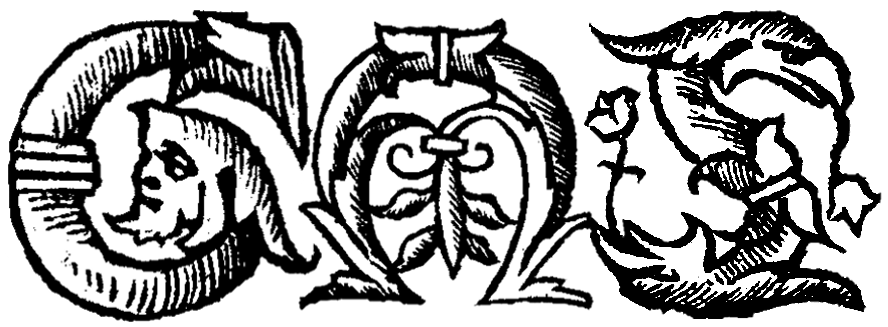On the Merciful God and on the Birds’ Glorifications | در توحید خداوند غفور و تسبیح طیور فرماید
Introduction to the Text
Sanā’ī of Ghazna (d. 1131 C.E.) was the first major poet of classical Persian Sufi literature. He was a monumental poet not just because of his versification skills, but also because of his profound influence upon Sufi poets such as ‘Aṭṭār of Kadkan (d. 1225 C.E.) and Mawlavī (Rumi) (d. 1273 C.E.). “On the Merciful God and on the Birds’ Glorifications,” in the Dīvān [collection of poems], is a qaṣīda (laudatory poem) comprising three key themes: nature, the centrality of the Sufi concept of dhikr (remembrance) to man’s salvation, and tawḥīd (the Oneness of God).
At the very beginning of the poem, Sanā’ī depicts one of the blessings of God, which is in the form of bountiful rain. Spring is the ideal setting for the poet to portray the avian species’ glorifications, not only because the revivification of nature takes place, but more importantly, because spring’s abundant rain is a sign of God’s forgiveness toward mankind. Dhikr—a central practice in Islamic esoterism, derived from the Qur’an—and tawḥīd are two themes communicated through multifarious talking birds, such as the humā—a mythical bird like an eagle, who acknowledges the Oneness of God by saying, “The Unequaled is One.” Medieval Persian authors deployed the bird metaphor to concretize abstract Sufi concepts (e.g., dhikr). Further, the Qur’an—an important source of influence upon Muslim thinkers—likens birds to human communities (6/Al-An‘ām: 38). Sanā’ī conceives of birds as purposeful signs for humans to make sense of the universe. The red pigeon, for instance, serves as a spiritual model for humans, saying huwa [He] “one-hundred times with each breath.”
The poem contains abundant stylistic features. Sanā’ī’s use of periphrasis is seen in “The Riḍwān (an angel) opens all the gates of Paradise,” which is a circumlocutory way of emphasizing divine blessings in springtime. He employs sensory imagery: olfactory (“qālīyih” [a fragrant substance comprising musk, ambergris, and pussy willow], “mounds of camphor,” etc.), auditory (“wind’s blowing,” “cock’s crow,” “wailing,” etc.), tactile (“silk and ermine coat,” etc.), kinesthetic (“quivering trees,” “lark’s strut,” etc.), and thermal (“autumn”). This rich imagery provides the reader with a vivid picture of nature. The poet’s allusion to 55/Al-Raḥmān: 70 (“ ‘good and beautiful ones’ ”) illustrates that he was inspired by the Qur’an. Other stylistic features include alliteration (“character and customs” [sīrat va sān]) and consonance (“the Omnipotent Subduer” [qādir-i qahhār]). Finally, in classical Persian literature, it was common for poets to address themselves—especially at the end of poems—by using their pen names; the final distich that includes the poet’s pen name (i.e., Majdūd) in a qaṣīda is called takhallus. Sanā’ī’s use of takhallus might convince his audience to take his sermon seriously: whilst the poet pleads with his readers to shun the indulgences of the fleeting world, he acknowledges in the final distich that he needs to purify his own soul (“Majdūd! You are closer to this state, for / Old age has indeed summoned autumn”).
Introduction to the Source
The Dīvān, in which the aforementioned poem appears, was published in Bombay in 1910 by Khan Sahib M.M. Shirazi. The collection contains 14,000 distichs that mainly revolve around religious themes, such as eschewing the nafs [carnal soul], performing the dhikr, and abandoning the cupidity of worldly substance and goods, among others.
About this Edition
In the transcription, punctuation marks and diacritics have been used to aid the reader. The English translation has attempted to preserve the Persian text’s elevated diction.
Further Reading
De Bruijn, J.T.P. Of Piety and Poetry: The Interaction of Religion and Literature in the Life and Works of Ḥakīm Sanā’ī of Ghazna. Brill, 1983.
- A very detailed study of Sanā’ī
De Bruijn, J.T.P. “Sanā’ī.” Encyclopaedia Iranica, 17 May 2012. Accessed 4 September 2020.
- A general introduction to Sanā’ī
Johnson, Kathryn V. “A Mystic’s Response to the Claims of Philosophy: Abū’l Majd Majdūd Sanā’ī’s Sayr al-‘Ibād ilā’l-M‘ād.” Islamic Studies, vol. 34, no. 3, 1995, pp. 253-295.
- A thorough analysis of Sanā’ī’s notable allegory
Credits
Text based on Sanā’ī al-Ghaznavī, Abū al-Majd Majdūd ibn Ādam. Huva kitāb-i mustaṭāb-i kullīyāt. Bombay: Khan Sahib M.M. Shirazi, 1328 [1910].Translation by Navid Saberi-NajafiEncoded in TEI P5 XML by Danny SmithSuggested citation: Sanā’ī of Ghazna. "On the Merciful God and on the Birds’ Glorifications." Trans. Navid Saberi-Najafi. Global Medieval Sourcebook. http://sourcebook.stanford.edu/text/merciful-god-and-birds%E2%80%99-glor.... Retrieved on April 25, 2024.
